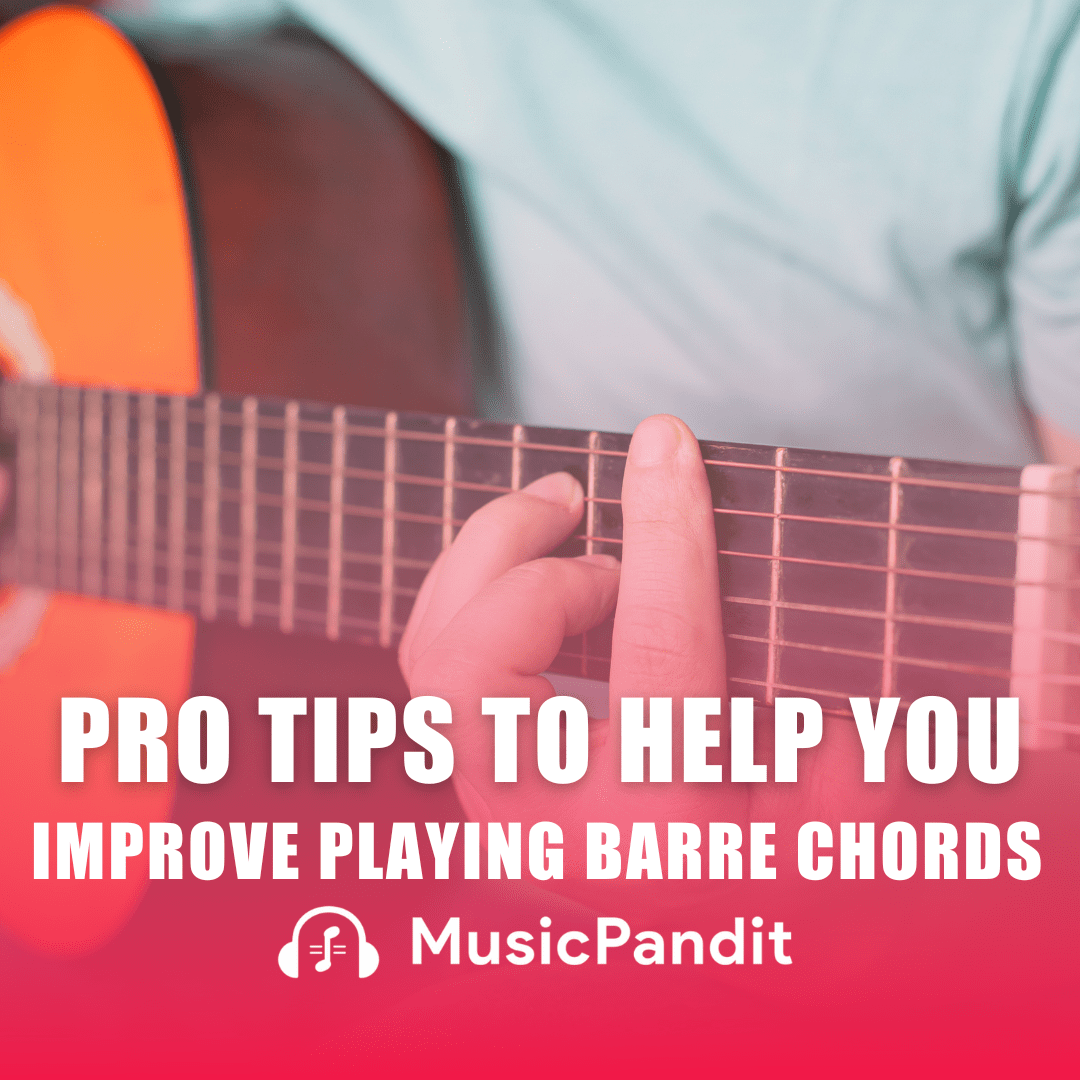Online piano lessons have transformed music education, making learning more flexible and accessible. However, they also come with unique challenges that can impact progress if not approached correctly.
Whether you’re a beginner or a parent guiding your child, being aware of common pitfalls can help maximize the effectiveness of your lessons. This article explores the most frequent mistakes and how to avoid them, ensuring a smoother learning experience.
1. Neglecting Proper Setup and Equipment
A cluttered or poorly arranged space can disrupt focus. Ensure the learning environment is quiet, well-lit, and free of distractions. Additionally, using an unsuitable keyboard or an improperly adjusted bench can lead to poor posture and hinder technique development.
Tips:
- Use a full-size keyboard with weighted keys to replicate the feel of a traditional piano.
- Position your camera to allow the teacher to see your hands and posture clearly.
2. Ignoring Posture and Hand Positioning
Improper posture and hand placement are common mistakes among beginners. These habits can lead to discomfort and hinder progress.
Avoid These Pitfalls:
- Slouching or sitting too far from the piano.
- Using flat fingers instead of a rounded, relaxed hand shape.
- Solution:
- Regularly check posture and hand placement. Parents can assist younger students by observing their form during lessons.
3. Skipping Consistent Practice
Consistency is key in mastering the piano. Sporadic practice leads to slower progress and frustration.
Common Issues:
- Overloading with long sessions one day and skipping several days afterward.
- Lack of structure in practice routines.
Recommendations:
- Set aside a specific time daily for practice, even if it’s just 15–20 minutes.
- Use a metronome to maintain tempo and focus on improving accuracy.
4. Playing Pieces Beyond Skill Level
While challenging yourself is important, attempting advanced pieces too early can lead to frustration and the development of bad habits.
What to Do:
- Start with simpler pieces that build foundational skills.
- Gradually introduce more challenging compositions as confidence grows.
5. Overreliance on Digital Tools
Apps and tutorials can complement learning but relying solely on them can hinder progress.
For example:
- Not learning to read sheet music.
- Depending too much on visual guides like Synthesia.
Balanced Approach:
Combine digital tools with theory lessons and hands-on guidance from your teacher. This ensures a comprehensive understanding of music.
6. Rushing Through Lessons
Beginners often rush to play faster, sacrificing precision and technique.
Why It’s Harmful:
- Leads to mistakes becoming ingrained habits.
- Reduces the ability to play with emotion and clarity.
Solution:
Focus on slow, deliberate practice. Use a metronome to gradually increase speed while maintaining accuracy.
7. Lack of Interaction with the Teacher
Online lessons require proactive communication. Failing to ask questions or share feedback can create gaps in learning.
Pro Tip:
Encourage students to clarify doubts immediately during lessons. Record sessions (with permission) to revisit teacher instructions.
8. Forgetting to Set Goals
Without clear goals, students might lose motivation or direction.
Goal-Setting Tips:
Start with achievable objectives, like mastering a simple song or improving sight-reading.
Discuss goals with your teacher and track progress regularly.
9. Poor Time Management During Practice
Wasting time on distractions or focusing too much on one aspect (like playing favorite pieces) can limit progress.
Efficient Practice:
Divide practice sessions into sections, such as warm-ups, scales, and repertoire.
Avoid spending excessive time on easy or overly challenging sections.
10. Neglecting Music Theory
While playing songs is enjoyable, skipping music theory limits long-term growth. Theory builds skills like improvisation, sight-reading, and understanding composition.
Balance Theory and Practice:
Incorporate small doses of theory in every session, ensuring it complements the practical aspects.
Conclusion
Online piano lessons can be as effective as traditional classes when approached thoughtfully. By avoiding these common mistakes and fostering good habits, students and parents can create a fulfilling learning experience. Remember, patience and consistency are the cornerstones of musical success.














